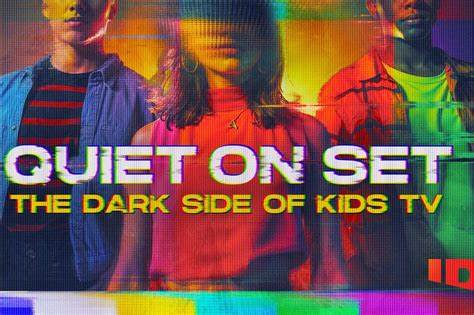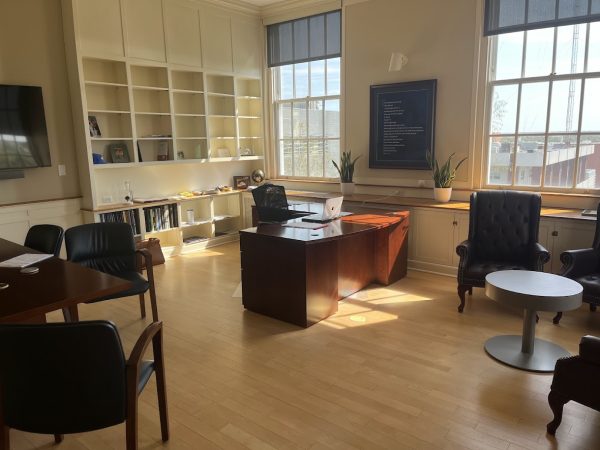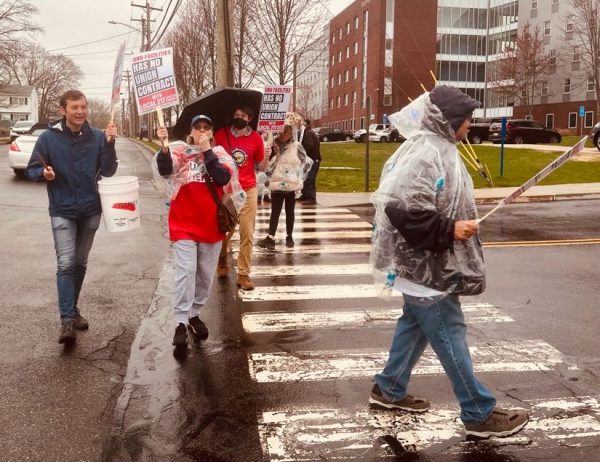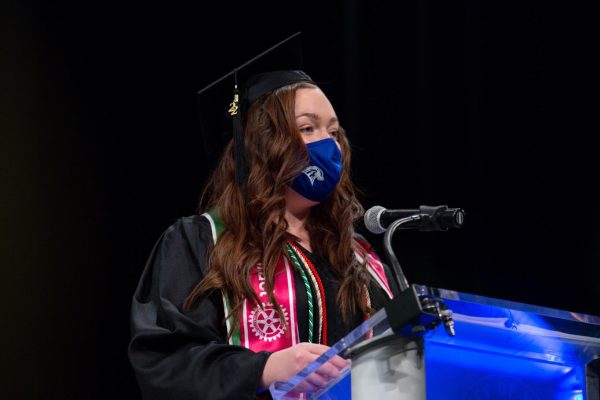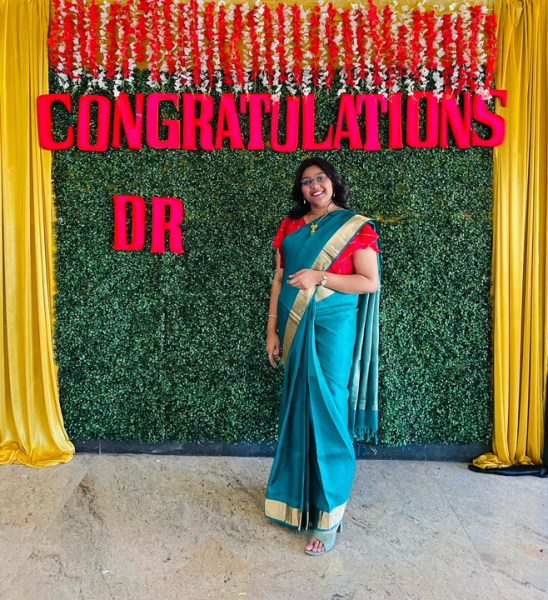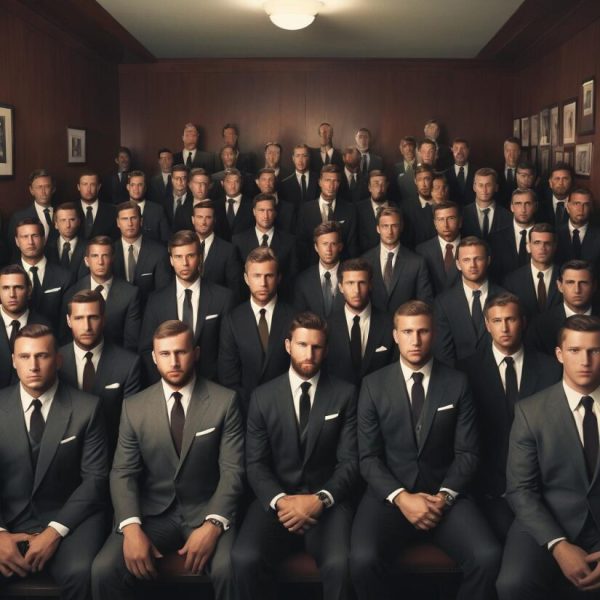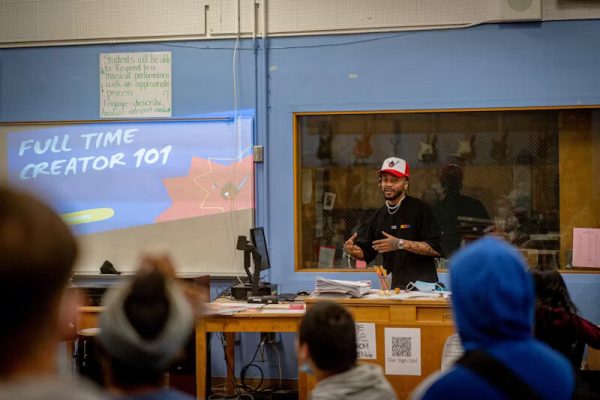Which is the problem: TikTok or its users?
Over the course of a year, we have heard too many conspiracies behind TikTok; anything from it being a spying device under China’s reign to Howie Mendel being held captive and hiding secret distress signals in his content. But, is the harm behind this app that sinister? Arguably, it is not the platform itself that causes harm, but rather the users within it.
Like any social media platform, I have observed that there are two driving factors behind content creation. First being the expression of thought, and second, the amplification of these thoughts. As you can imagine, these factors are not exclusive. In fact, the entanglement of these intentions is evident in the app’s trending videos tagged with #BlackLivesMatter and #JusticeforBreonnaTaylor. These are movements that amplified the voices of others, specifically their frustration, hurt and support.
1930s British politician, Pearl Strachan Hurd, said, “handle them carefully, for words have more power than atom bombs.” Her words still reign true in the present day, especially on TikTok. While the hashtags above created feelings of hope, honor and truth, other horrific trends like “National Rape Day” on April 24 still find themselves trending on the app.
As a female college student susceptible to sexual harassment and violence, this trend both appalls and immensely worries me. It is the same worry about the over-portrayal of stereotypically beautiful women, and the cyberbullying of others who are not. This content is being brought forth to a relatively – if not mainly – youthful audience. In fact, one study showed that 32.5% of users are between the ages of 10 and 19, and 29.5% between 20 and 29. This means that over half of the 1.1 billion active users are of a young age, and their minds are malleable to this information.
But blaming TikTok for its misuse by others is the equivalent of blaming a crying baby for keeping you up all night. It takes time for it to learn how to communicate properly, and it is up to TikTok to guide them until they can properly learn. Which it does through the community guidelines that even flag my own content for small “inappropriate language” violations.
The same baby analogy applies to the spread of false information, it all chalks up to developing media literacy. During the Presidential Election, TikTok went wild with the spread of misinformation regarding falsified ballots, among other things. Discerning facts from speculation is something that can only be developed over time by one’s self. This skill is applied even to major news sources, so how can you blame a social media app created for entertainment for other people’s misbeliefs?
With this being said, if you are trying to label the platform as “good” or “bad” the distinction has less to do with TikTok independently. It more so poses the question: is social media, as an entity, good or bad? If this is something that psychologists and sociologists alike have not been able to discern, I am not sure that 20-year-old me can, either.
Besides, TikTok is also to thank for the discovery and popularization of small artists such as Olivia Rodrigo – whose hit single “Driver’s License” broke the Spotify record for most streams in a week – or small businesses and the creative arts.
That’s why I will continue making humorous, pointless TikToks and reporting anything malicious that comes my way. Just as it takes all the individuals within Charger Nation to create a community of care, TikTok community members must promote the same ideals.
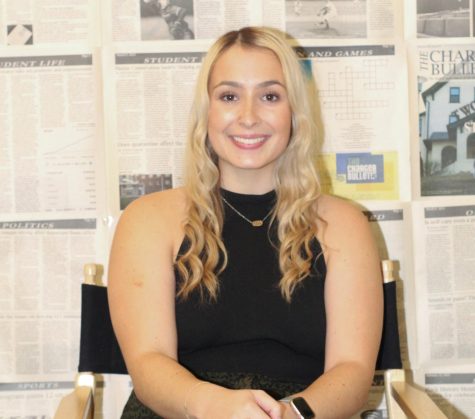
Kelly Adkins is a senior communication major with a concentration in journalism. Kelly has been a contributing writer for the Charger Bulletin since 2019...



